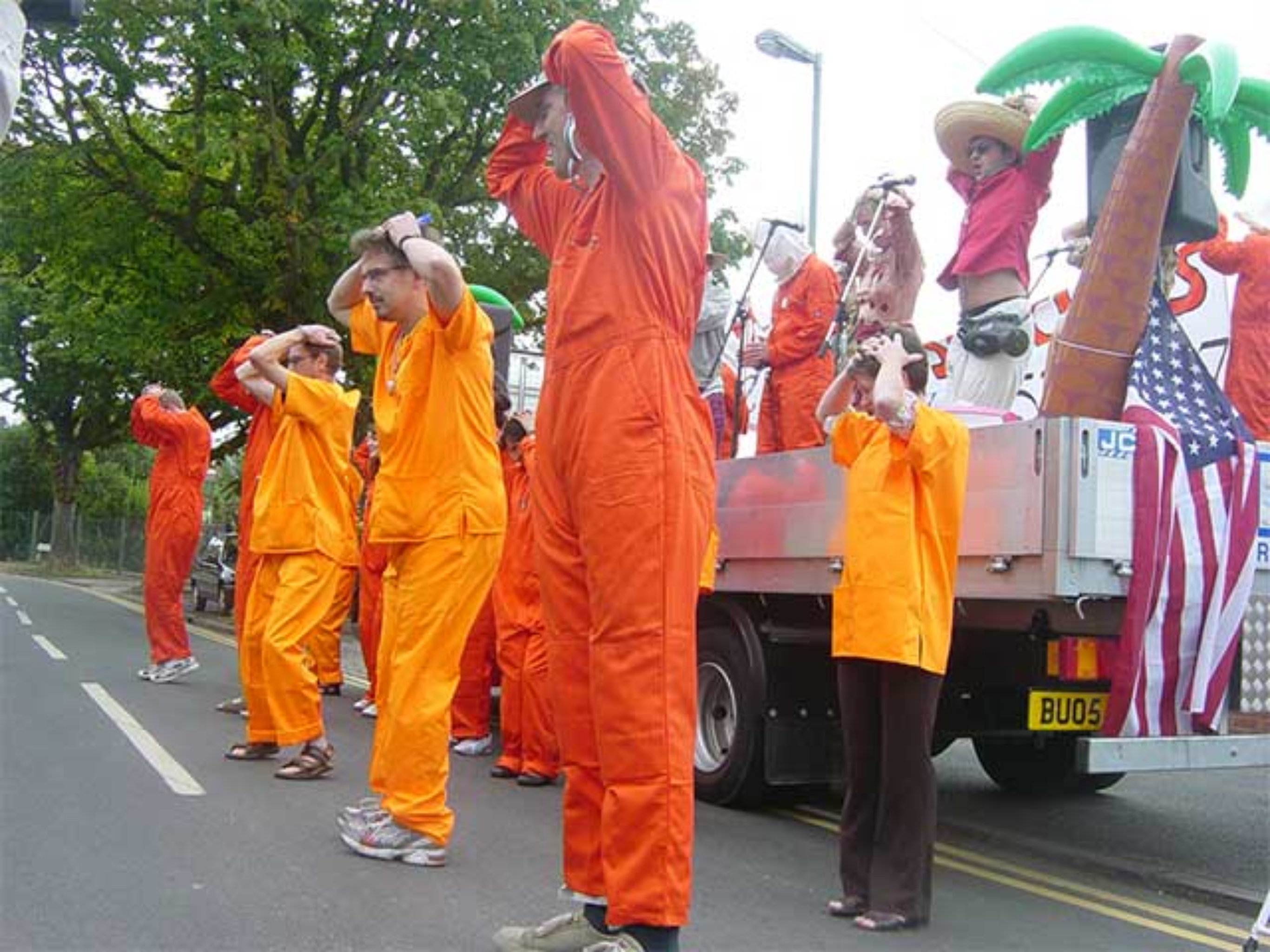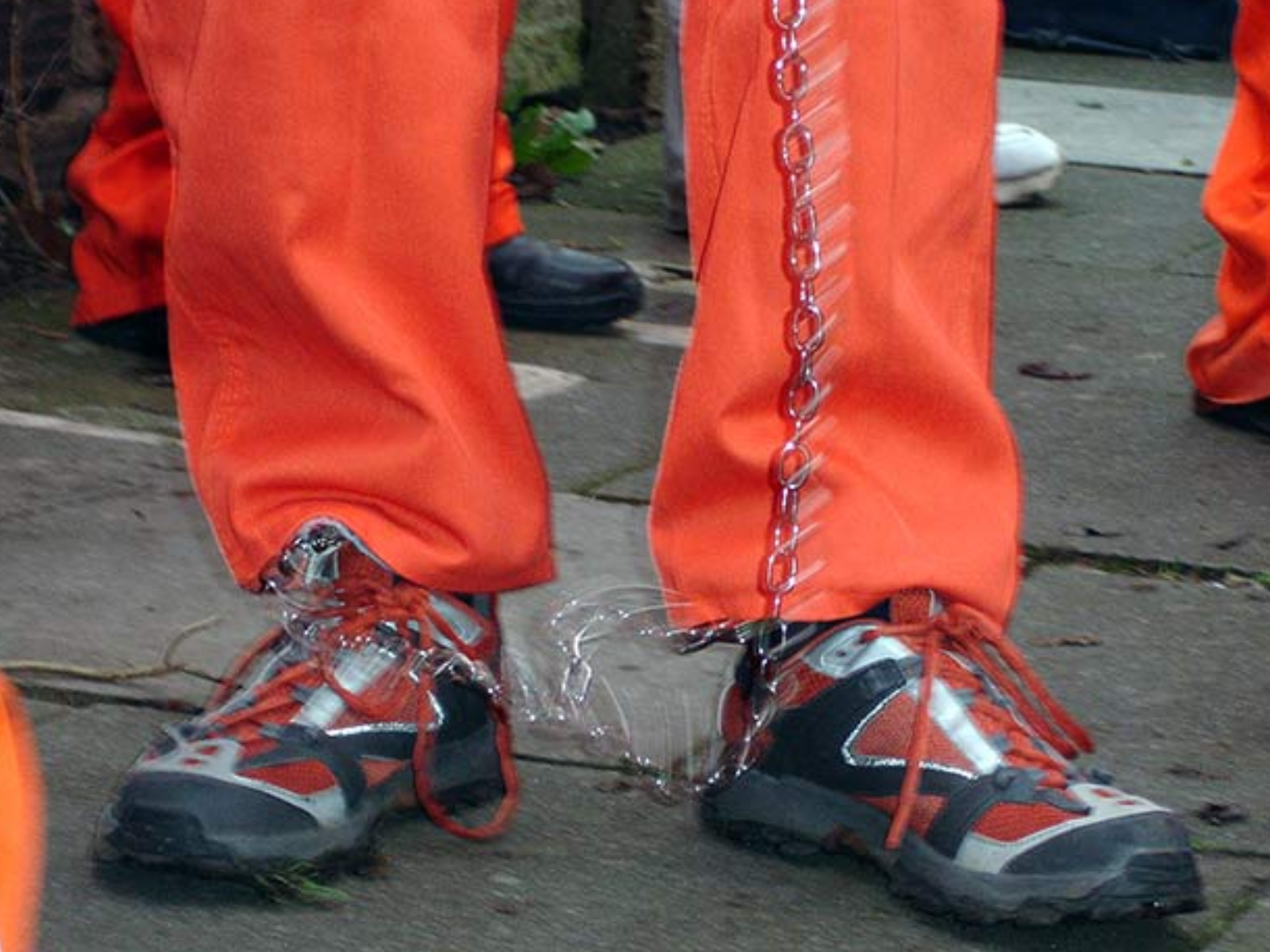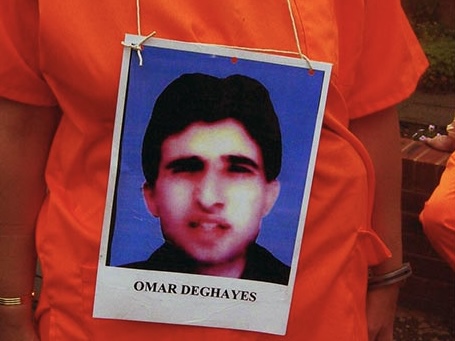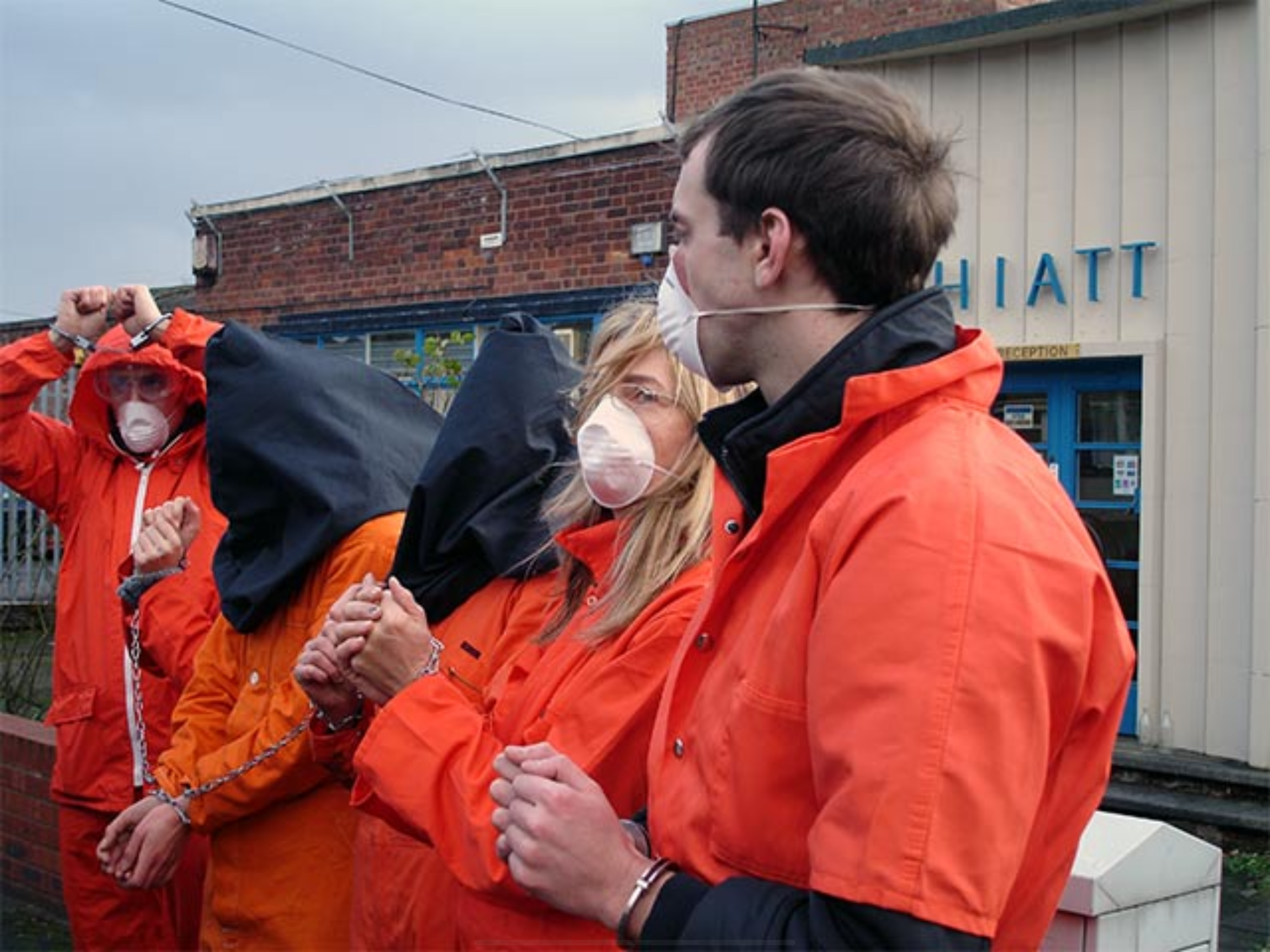
followthethings.com
Grocery
“The Luckiest Nut In The World“
An animated film written, produced & Directed by Emily James for Fulcrum TV, broadcast in the UK on Channel 4’s Alt-TV series.
Film embedded in full above. Search online for shorter versions and versions with subtitles here.
Who better to explain the rules of international trade than a commodity that has seen it all? An American peanut who wears a stetson hat, plays the guitar, and sings songs about the rules of world trade that work in his favour. Along the way he enlists help from experts and from public information films. Yes, he’s the ‘luckiest nut in the world’ and, as he learns about other less lucky nuts around the world (groundnuts in Senegal, cashew nuts in Mozambique, and brazil nuts in Bolivia), he finds out that it doesn’t have to be this way. All of the world’s nuts – and the people and economies that could benefit from growing and selling them – could be just as lucky is the rules governing world trade weren’t stacked against them. Filmmaker Emily James uses animation to do the impossible: to make these rules, and the inequalities they help to create, not only understandable but entertaining. The film becomes a hit with school teachers. Some of their students say they’re bored with its content, but others say they can’t help humming the songs, mouthing their WTO lyrics. It’s a catchy way to learn some pretty boring but important information about hope the world works (and years before Horrible Histories began). This is an early example of animated film doing what and academic cook or a documentary films cannot. In this case, making abstract content accessible, making the hidden visible, and explaining trade injustice to wider publics in an engaging – funny, weird, you name it – way. ‘What would commodities tell us about their lives if they could talk?’ is an intriguing question that’s answered in some of the earliest follow the thing ‘it-narrative’ writing [see our page on a 1760 travel novel written by a coin here]. ‘What would a commodity sing about its life if it could … um … sing?’ is a question answered, in our experience, only by this film. Thank you Emily.
Page reference: Ian Cook et al (2011) The Luckiest Nut In The World. followthethings.com/the-luckiest-nut-in-the-world.shtml (last accessed <insert date here>)
Estimated reading time: 19 minutes.
Continue reading The Luckiest Nut In The World




